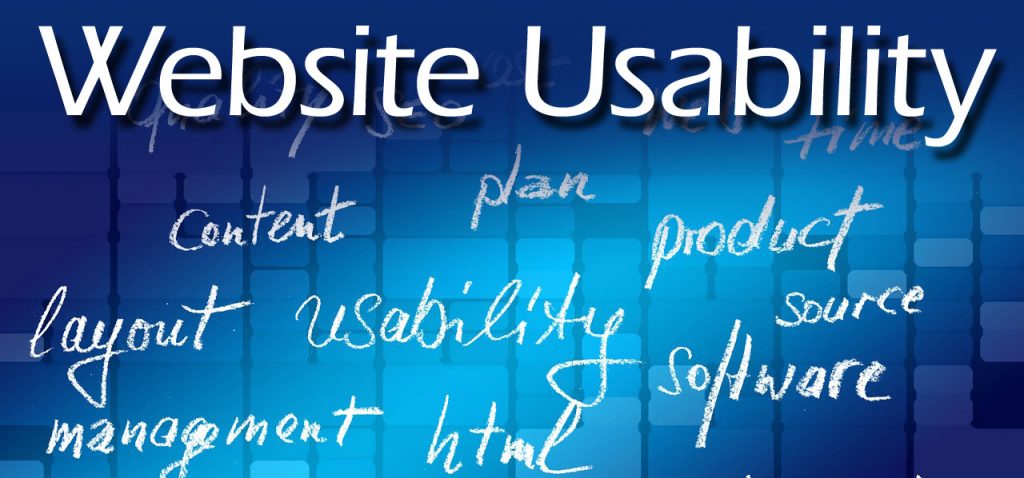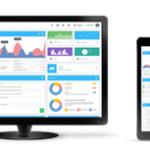
There are many things to consider while creating a new website. The site needs to be attractive and informative for users or readers to achieve the objective of which they visited the website. Internet users are looking for quick, simple and effective sites that are easy to understand. If navigating a website is complicated, most people will move on to another instead of spending time trying to figure the site out. Hence, one of the most important aspects of building a website usability testing plan.
The usability of a website mainly depends on the nature of the website and the company’s goals. Websites that provide, well organized, navigateable, relevant and useful information in a well-structured layout are likely to retain users who access them as well as generate repeat visitors.
What is a website usability test?
Usability — of websites and software applications — has been defined as the ease at which an average person can use the software or website to achieve specific goals. Usability testing is a technique used to evaluate a website by the target market audience or customers. Observing someone perform common tasks on a website is an insightful way to test if the site is user-friendly. This is because immediate feedback is available about the merits and difficulties faced by the user.
In a usability test, a scenario is constructed carefully where a person – called a test subject — performs a list of actions simulating how someone using the website for the first time would use it. An expert analysis team or observers, keenly check, listen and take notes. They collaborate with every test subject in individually tailored sessions to collect data and identify problems.
There are three main categories of website usability testing:
- Explorative: This technique is used in early product development stages such as preliminary design or prototype stage. It is used to assess effectiveness and usability, as well as users’ thought process and conceptual understanding.
- Assessment: It is used during the intermediate product development stage or as an overall usability test for evaluation of technology. It is meant to evaluate real-time trial of the technology to determine the effectiveness, usability, and satisfaction level.
- Comparative: It is a method of comparing two or more instructional technology products or designs and distinguishing the strengths and weaknesses of each.
Why do a usability test?
The feedback and results from a usability test is used for the following purpose:
- To increase conversion rates and improve sales.
- Reduce helpdesk or call center costs.
- Stakeholder support for necessary modifications.
- Web analytics can address unresolved questions.
- Identify and resolve underlying systemic problems that get overlooked.
Why is usability testing important?
Usability testing is necessary because a website is the first and often the only point of contact that a company has with any potential client or interested visitor. Well-constructed websites attract customers and have a competitive edge. Even if your site is attractive with valid information, if it is not user-friendly or is hard to navigate, people will move on to another site. Similarly, a user will develop a perception or judgment about the company based on its website. Websites that don’t follow usability conventions tend to confuse users and result in a loss of revenue.
Research shows that the importance of website usability increases the competition that exists within the environment that the website operates. A site operating in a competitive e-commerce environment is likely to lose potential customers due to poor usability rather than a website that works in a less competitive environment. This can happen despite the site containing the information, product or service that the user is seeking.
Usability goals
A company typically sets its usability goals through a combination of user profiling, analysis of primary tasks and general business goals. These may be coupled with additional information such as marketing material, competitive analysis, technical support groups and informed opinions. Due to the diversity of such sources, a substantial list of goals is created. The company then needs to qualitatively and quantitatively specify these goals and then prioritize them to determine its usability goals. The latter is the minimum set of high priority goals that need to be implemented for the company to reach the required user performance and satisfaction criteria.
The degree to which the company’s website is successful depends on whether its user interface balances between the company’s usability goals and those of its users. This can be a challenging endeavor especially since some marketing practices may conflict with usability aspects of the website.
Usability test analysis
After completing usability testing, the results should be compiled to deal with any issues that website users had in common. The amount of time taken to complete various tasks should be analyzed, and changes that allow users to complete tasks faster should be carried out. Usability testing is an ongoing process, and these tests should be carried out after periodic review. This ensures that the changes made were appropriate as well as help you discover new usability problems in future.
To improve usability testing techniques, conducting more tests is necessary. You should be aware of how the design of tasks and interaction with the participant can affect the outcome of the research. A good starting point would be to develop the test to focus on the main research questions without being too rigid with the tasks. Using competitors as part of the test and encouraging users to behave as naturally as possible can yield better results. Experts from Flying Cow can be useful in designing these tests and guiding you in a step-by-step manner to make your website unique and user-friendly.
CEO, Flying Cow Design
Attended University of Auckland
Lives in San Francisco Bay Area










